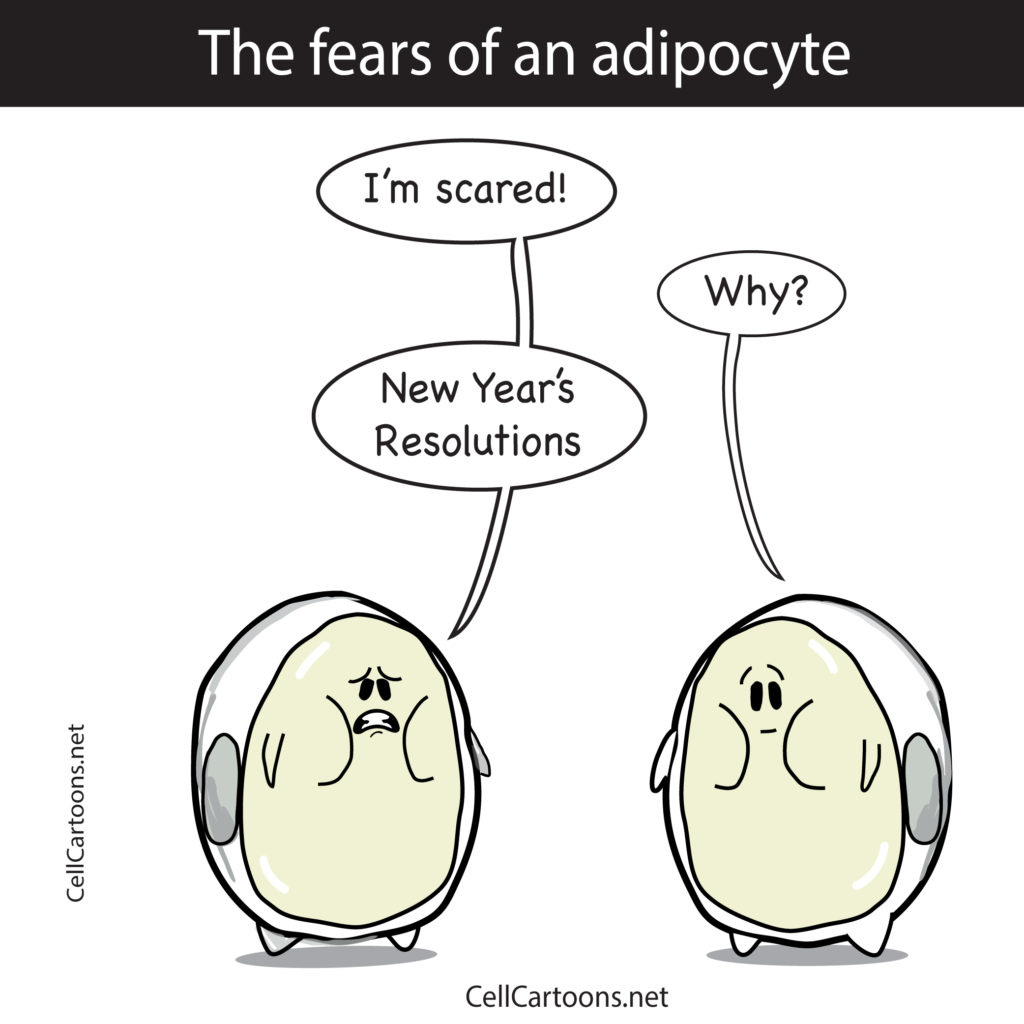The Biohackers Guide to Controlling Satiety Without Ozempic: Fat loss special
Your Fat Loss journey Made Easy! (Really) #5
Very recently, one of my valued members requested a guide on controlling satiety naturally without the help of GLP-1s like Ozempic and Retatrutide. So, I thought I would happily oblige his request and share my knowledge on the subject.
This masterclass guide will be solely dedicated to satiety control and fat loss, incorporating tried and battle-tested techniques that have aided me in fat loss and satiety control throughout my athletic career and everyday life, as well as with clients.
So, without further ado, let us begin.
To first understand satiety and fat loss, we need to learn the hormones responsible. To break it down in simple terms, I'll be focusing on three hormones that are predominantly involved in the process - what I like to call the 'holy trinity.' From there, we can dive into various techniques that we can use to control and leverage these hormones to aid in your fat loss journey. As always, these will be broken down into lifestyle changes, dietary approaches, and supplemental strategies, following the format of all previous guides that have come before it.
By the end of this article, you will be readily equipped with an artillery of techniques so strong that every fat cell will quake with fear at your very gaze.
Just ask my visceral fat rating
Let us leptin….i mean begin
Introduction to Satiety Hormones
Leptin
Leptin is a hormone primarily produced by adipose tissue (fat cells) that plays a critical role in regulating your energy balance, appetite, and metabolism.
Often referred to as the "satiety hormone" or "starvation hormone," leptin communicates with your brain to signal when the body has enough stored energy (fat) and to regulate hunger accordingly.
Modern Challenges
In modernity, due to excessive eating and over-storage of fatty acids within fat cells:
Excess storage of fatty acids that are never used up leads to increased fat cell size
Overeating and high-calorie diets cause the body to store too many triglycerides
As a result, over time these fat cells begin to grow (hypertrophy), and the number of fat cells may also increase in number (hyperplasia).
This is interesting because it leads to improper leptin signaling, also known as leptin resistance. Akin to insulin resistance when you eat too many carbohydrates or sugar molecules, your body no longer reacts to insulin in the same way.
Glucagon-like Peptide-1 (GLP-1)
Next up we have GLP-1, the peptide hormone that has been on everyone's tongues since the rise of the infamous Ozempic, which is a GLP-1 agonist.
GLP-1 is an incretin hormone primarily produced in the intestines in response to food intake. It plays a crucial role in metabolic regulation and appetite control.
Key Functions
Appetite and Satiety
Reduces food intake by promoting feelings of fullness
Slows gastric emptying (food moves more slowly through stomach)
Signals the brain's satiety centers (similar to leptin)
Reduces appetite and cravings
Blood Sugar Regulation
Stimulates insulin release from pancreatic beta cells
Suppresses glucagon secretion
Improves insulin sensitivity
Helps maintain stable blood glucose levels
Metabolic Effects
Reduces fat storage (Adipocytes)
Improves metabolic rate (BMR)
Enhances fat oxidation (Beta oxidation)
Protects pancreatic beta cells
Ghrelin: The Hunger Hormone
Now last but not least, we have the end of the holy trinity, also known as ghrelin, the hunger hormone - basically the yin to leptin's yang.
Key Functions
Appetite Regulation
Stimulates hunger and food intake
Increases stomach acid production
Enhances gastric motility
Promotes meal initiation
Influences food reward behaviors
Keep reading with a 7-day free trial
Subscribe to Biohacker to keep reading this post and get 7 days of free access to the full post archives.




